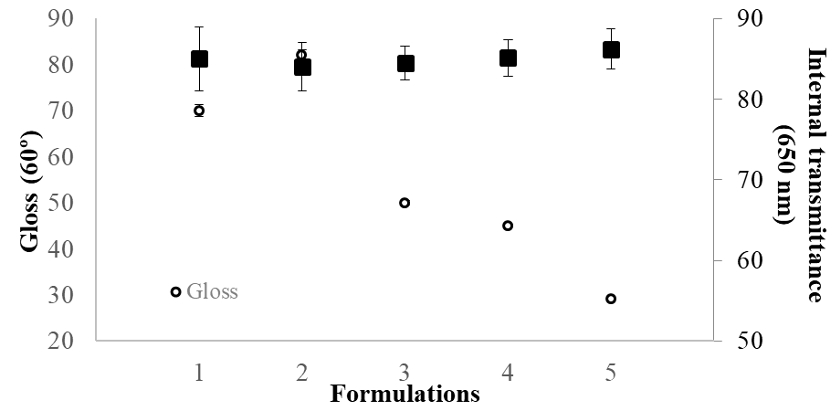 |
|
The development of biodegradable films using sustainable and renewable raw materials that produce materials with improved and active properties are a necessity for the current food packaging industry. Also, these materials must be low cost and friendly to the environment. The objective of this study was to evaluate the effect of the addition of clove essential oil on the mechanical, optical and barrier properties of yam starch and hydroxypropyl methylcellulose-based films. A decrease in water affinity and improved water vapour resistance was appreciated due to the addition of the essential oil. Furthermore, it was observed that as the concentration of HPMC increases, more resistant and deformable films are obtained. The films with the highest concentration of HPMC showed more resistant and deformable capacity, with stress strength of 20MPa and deformation capacity of 18% and the smallest elastic modulus with a value of 400Mpa. Besides, the films have a high barrier against UV light. The addition of clove essential oil and HPMC improved the physicochemical properties of yam starch-based films.
Keywords: Yam starch, Hydroxypropyl methylcellulose, biodegradable films
|
|
 |

